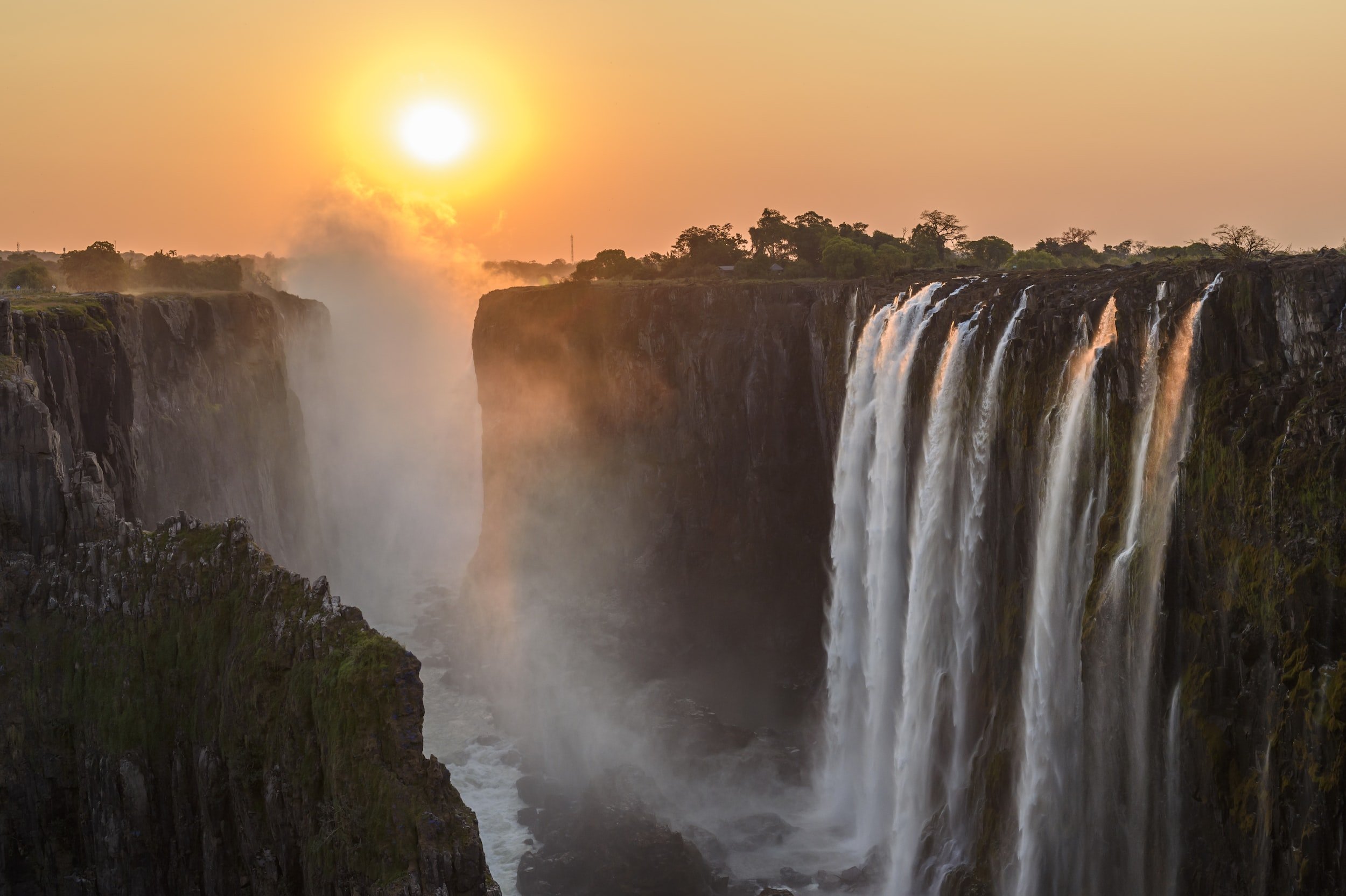
Zambia
The warm heart of Africa.
Zambia is a land of vivid beauty, with an abundance of natural wonders that are sure to leave visitors in awe. From the mighty Victoria Falls, one of the Seven Natural Wonders of the World, to the pristine waters of Lake Kariba, Zambia's beauty is unparalleled.
The country is home to a diverse range of wildlife, including elephants, lions, leopards, and over 700 species of birds, making it a paradise for nature lovers and wildlife enthusiasts. Visitors can go on game drives and walking safaris in some of Africa's best wildlife parks, including South Luangwa National Park to witness Zambia's wildlife in its natural habitat.
Zambia is also home to some of the friendliest people on the African continent, with over 70 ethnic groups that make up the country's population. Visitors can immerse themselves in Zambia's rich cultural heritage by visiting traditional villages and attending local festivals and ceremonies.
Zambia is a country that will capture your heart and leave you with unforgettable memories.
South Luangwa
National Park
South Luangwa National Park in eastern Zambia, is the southernmost of three national parks in the valley of the Luangwa River and is a world-renowned wildlife haven. South Luangwa National Park is a true wildlife sanctuary and the perfect choice for your Zambia Safari Tour.
Victoria Falls
Lovingly called ‘VicFalls’ the name evokes images of old-style African safaris, hats, porters, gin and tonics and black and white etchings of the natural wonders of this continent. Victoria Falls is also called ‘the warm heart of Africa’ – and when looking at a map of this continent, it does seem to be almost right in the middle. The Victoria Falls tour features history, wonder, and amazing wildlife.


